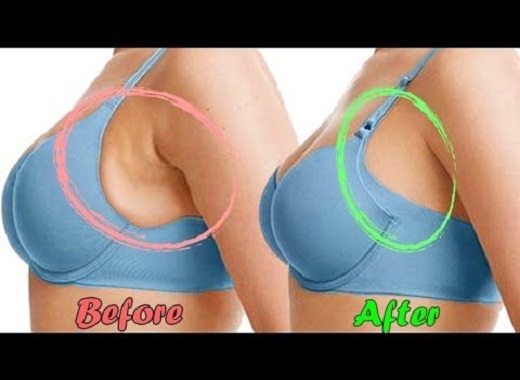
A breast lump is a localized swelling, protuberance, bulge, or bump in the breast that feels different from the breast tissue around it or the breast tissue in the same area of the other breast. There are different reasons why breast lumps develop. Most lumps are not cancerous and do not pose any risk.

Breast cancer is a disease in which cells in the breast grow out of control. There are different kinds of breast cancer. The kind of breast cancer depends on which cells in the breast turn into cancer. Breast cancer can begin in different parts of the breast.

Breast augmentation and augmentation mammoplasty is a cosmetic surgery technique using breast-implants and fat-graft mammoplasty techniques to increase the size, change the shape, and alter the texture of the breasts of a woman.

Breast reduction, also known as reduction mammaplasty, is a procedure to remove excess breast fat, glandular tissue and skin to achieve a breast size more in proportion with your body and to alleviate the discomfort associated with excessively large breasts (macromastia).

In fat grafting, fat tissue is removed from other parts of your body -- usually your thighs, belly, and buttocks -- by liposuction. The tissue is then processed into liquid and injected into the breast area to recreate the breast.

You have breasts that limit your physical activity. You experience back, neck and shoulder pain caused by the weight of your breasts. You have shoulder indentations from bra straps. You have skin irritation beneath the breast crease.

The axillary breast is a type of accessory breast, located in the axilla. It can be of any Kajava type though we have seen only type 4 in axilla. If there is a connection through spencer's foramen, it can be considered as axillary tail of the breast.

Gynecomastia is a condition of overdevelopment or enlargement of the breast tissue in men or boys. The breasts become larger. They may grow unevenly. Gynecomastia often happens when a preteen or teenage boy is going through the hormonal changes of puberty.